We all know of the importance and place of Mary in our Marist and Christian traditions. Each of us also have a unique perspective and relationship with Mary, the mother of Jesus, whether it is one of high regard, personal connection, confusion, little thought, neutrality, or somewhere on the spectrum of these evocations. The origins of our Christian story are interwoven with the story of Mary, and her story and place has continued to be woven throughout two thousand years of the evolution of the Christian family.
One of the temptations with Mary is to have her as the centre of our Christian spirituality. Even in the Brothers, we can lose sight of the devotional practices that put Mary on a pedestal, one that she would have been uncomfortable with in her lifetime. Within my own community, in our Chapel, our sacred space consists of a beautiful statue of Mary, a solid white candle and flowers that decorate the area. While these symbols highlight the presence of the divine in their own way, it is important to reflect on the deeper focus and meaning of the symbols, and on what is present and absent in one’s representation of God. One of the clearest elements of Marian spirituality is the fact that Mary always leads us to Jesus. Having a grounded, well-reasoned and historically informed perspective on Mary leads to a healthy personal spirituality. Here are some resources about Mary that can contribute to a positive and knowledgeable understanding.
Kathleen Coyle’s introductory book is a short and substantial presentation of the history and theology of Mary. Kathleen balances the concise nature of her writing with poignant insights about the person of Mary, and her interpretation over the centuries. An excellent preliminary read.
Here is a summary of the book:
Here is a portrait of Mary as a woman, strong and resourceful, who proclaimed God’s compassion for the poor and oppressed of her day. Traditional images have often portrayed Mary as silent and submissive. Her convictions firmly rooted in current scholarship, Sr Kathleen Coyle presents Mary as a model of discipleship – a strong, active and resilient woman of faith – who continues to hold great importance for Catholics seeking to express their faith today. As she scratches for and develops a Marian theology more in tune with today’s issues and attitudes, the author critiques Marian symbols and traditional images. She calls for a new theology that restores to our understanding of God the divine prerogatives borne by the image of Mary through the ages. With a new theology of the Trinity, the church can retrieve Mary as a woman of faith, a model disciple, proclaiming a song of liberation for the poor and oppressed of our world today.
This book, for me, is the definite study of Mary in the Biblical texts. One of the first and best ecumenical (Protestant, Anglican, Roman Catholic) surveys of the evidence for beliefs concerning Mary. These scholars analyse what can and cannot be surmised from the Biblical texts, how later traditions evolved, and whether there is room for dialogue and consensus. You will be a Marian expert after this read!
Here is a summary of the book:
The role that Mary plays in God's plan of salvation is an issue that over the centuries has divided Christians and their churches. In part, these differences stem from disagreements about what the New Testament says about the mother of Jesus. This book should go a long way toward solving the disputes. It is not a collection of essays but rather a collaborative statement prepared by a team of Protestant, Anglican, and Roman Catholic scholars who have reached substantial agreement on how Mary was pictured by Christians of the first two centuries. This book follows the same methodology as an earlier volume, Peter in the New Testament, produced by the same research group. The status of that first book as an ecumenical achievement of American biblical scholarship is attested to by the welcome it received and by its translation into five foreign languages. In light of the difficulty of the subject matter, Mary in the New Testament may be an even greater achievement. If Roman Catholic and Protestant scholars can agree on what the oldest Christian sources said, is the way open for the churches to agree on a fundamental Christian attitude toward Mary? This book is written by scholars, but it is not meant only for scholars. The authors have taken pains to make the work intelligible to students, clergy, and the knowledgeable laity of their churches. It combines scientific research with a respect for Christian sensibilities.
Sr Elizabeth Johnson, CSJ, is one of the most prominent theologians of our time. In her book, she offers a grounded and thorough contextualisation of Mary, both within her own history and story, but also within the traditions her grew out of, and the people that preceded and proceeded her. This book breathes life into my soul whenever I read it.
Here is a summary of the book:
The first century Jewish woman, Miriam of Nazareth, mother of Jesus, proclaimed in faith to be Theokotos, the God-bearer, is the most celebrated female religious figure in the Christian tradition. So varied and manifold are the traditions about Mary, both popular and scholarly, that some would speak of Mary as a collective noun or refer, in George Tavard's memorable title, to The Thousand Faces of the Virgin Mary. In this text, which forms a diptych with Friends of God and Prophets, Elizabeth Johnson offers an interpretation of Mary that aims to be theologically sound, spiritually empowering, ethically challenging, socially liberating, and ecumenically fruitful. In particular, she construes the image of Mary so as to be a source of blessing rather than blight for women's lives in both religious and political terms.
There are so many books I would like to share about Mary, but let’s start with these three. Happy reading!



